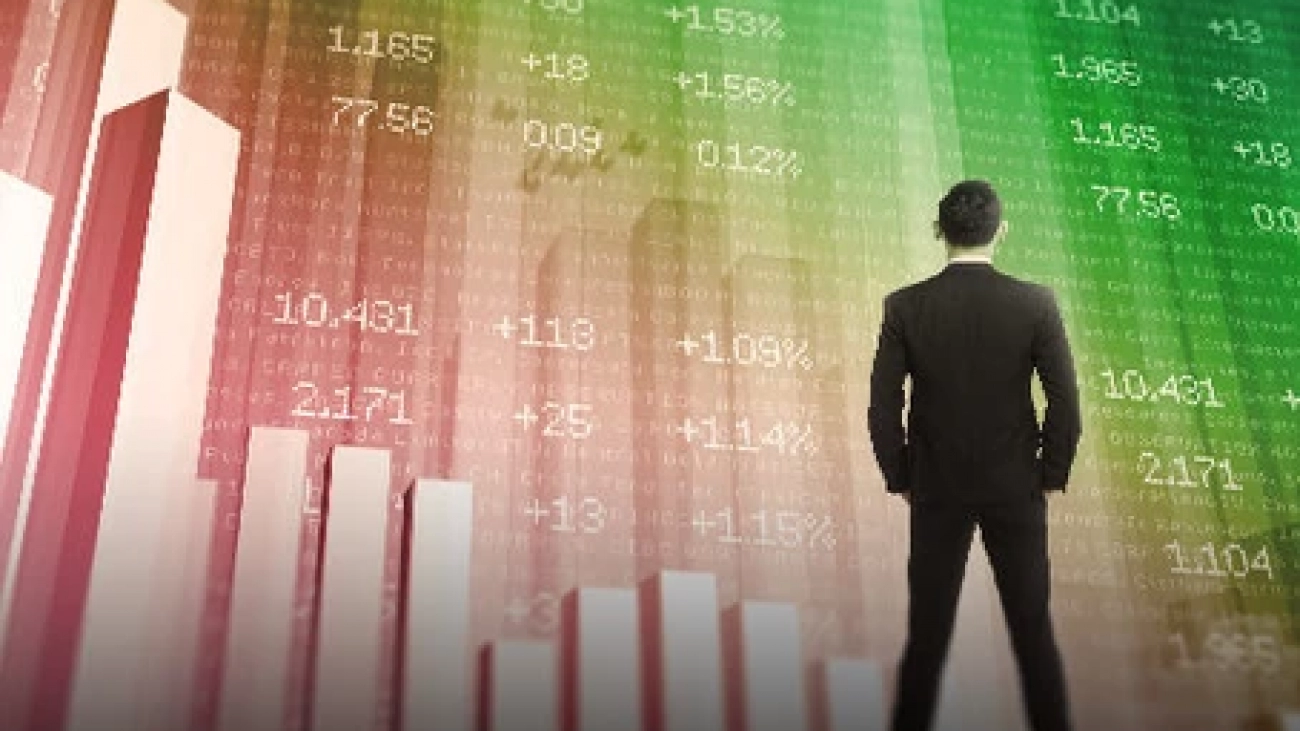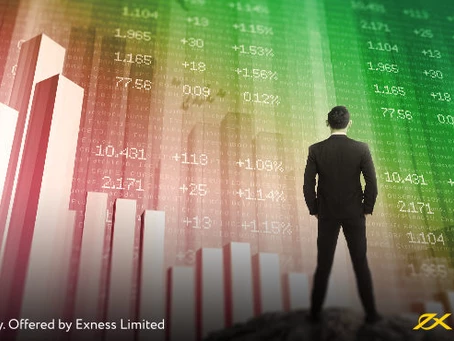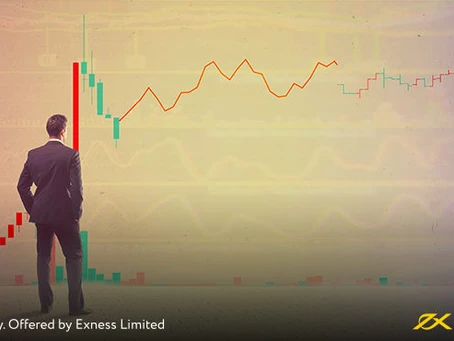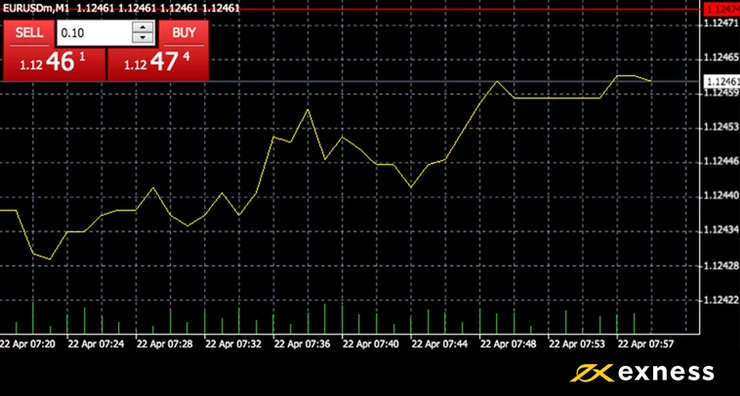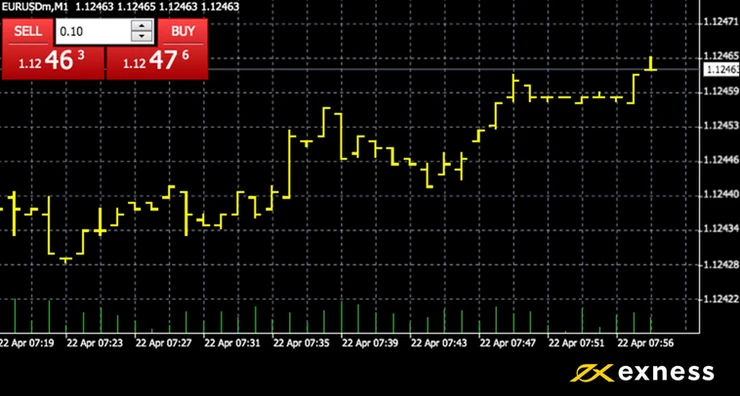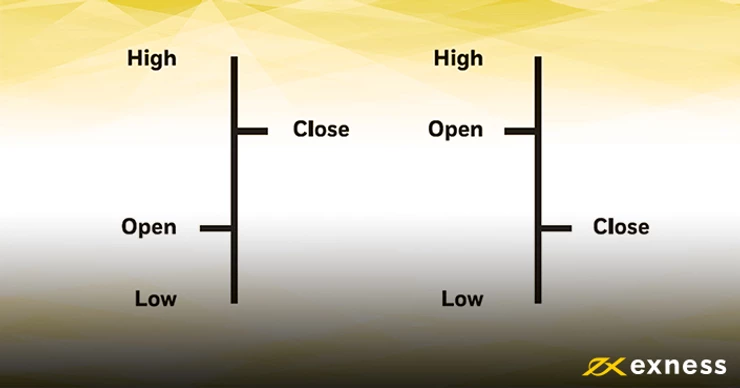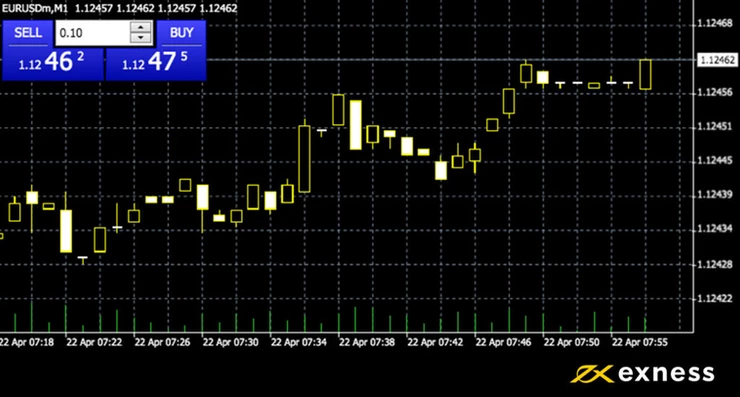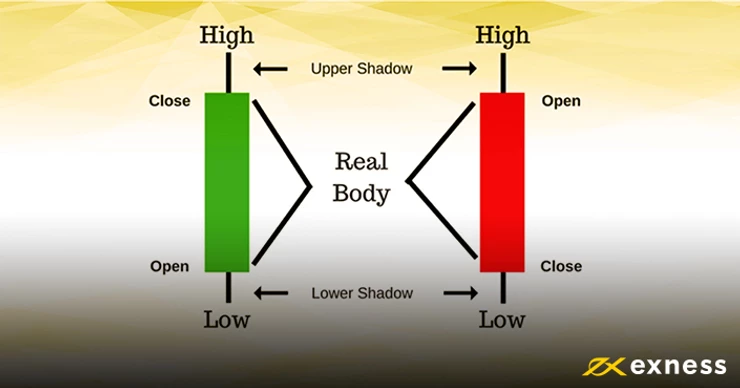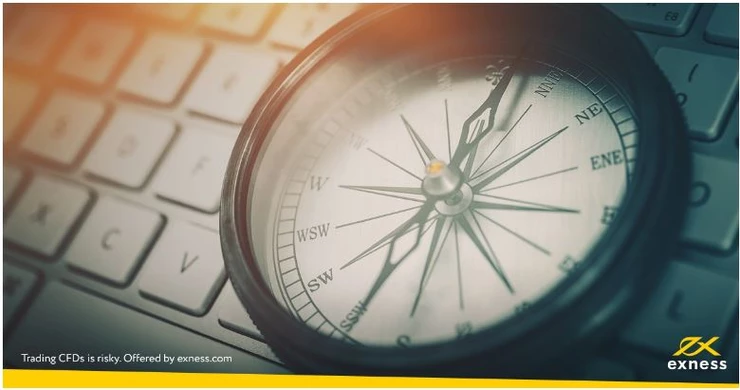
The ability to create and follow a forex trading plan is one of the most important things a forex trader must learn. Many new forex traders fall into the trap of either not creating a plan or failing to stick to the ones they do create. Doing either is a big mistake and leads to irrational, hasty, and emotional decision-making (very bad things when it comes to forex).
The process of creating a forex trading plan will help you understand your trading strategy thoroughly and serve as a blueprint for making trading decisions. If you design your trading plan correctly, the unexpected should not be an issue – you should have already thought out and have a course of action for just about anything that might occur.
So how do you create a plan? In this post, we’ll take you through it from start to finish.
Oh, one thing to note before we go any further:
Having a trading plan alone is not enough. You should also be keeping a detailed trading journal to help you keep track of how consistently you are following your trading plan. In the following article, we’ll take you through the steps of creating your first plan.
1. Determine What Kind Of Trader You Are – And How Many Trades You Should Make
The first step to creating a forex trading plan is to determine what kind of trader you are based on the frequency of your trades and the duration over which your trades run. If you are a day trader whose trading style revolves around scalping, then you should plot your trading plan with a 24-hour timeframe. On the other hand, if you are a swing trader whose trades usually span several days, you should use a week as your planning horizon. To determine the number of trades that you should make within your trading horizon, you should add up all your winning trades over your chosen time period and then multiply them by 1.2. For example, if you make 15 trades a week and only five are winning trades, you should not make more than six or seven trades each week. The idea is to increase your win rate and your chances of being an effective forex trader.
2. Maximize Your Opportunities
By limiting the number of trades that you make on a daily basis you limit your opportunities in the markets. This is not a bad thing. Limiting the number of trades you make on a daily basis should allow you to focus on finding the best trade setups that match your trading plan. By making fewer trades, you will be able to focus more on analyzing your trades and on making trades that have a beneficial risk/reward ratio.
3. Eliminate Emotional Trading
As a beginner forex trader, you should strive to avoid making trades based on your emotions by always sticking to your predetermined trading parameters. By limiting the number of trades you make each day, you can more easily avoid making ‘revenge’ trades. This can happen after you make a bad trade when you make further trades in an attempt to make up your losses. Many new traders succumb to the urge to make emotional rebalancing trades in order to make up for their losing trades. Most emotional trades usually carry higher risk because their main objective is to recoup the losses on a previous trade, which might be significant.
4. Set Entry Rules
Most beginner traders start out being very excited about the movements of the currency pairs they want to trade and will typically open new trades based on an instinct alone. This is not the best way to trade as, in many cases, traders end up with open positions that they have not fully thought through or researched. Your trading plan should clearly describe the signals that you will look for before opening a trade. You should include the different parameters that the indicators you are using must meet in order for you to enter into a trade. The more detailed your plan is, the better your results will be. Having a clearly defined entry rules will ensure that you remain disciplined in all your trading activities.
5. Set Exit Rules
Having exit rules is just as important as having entry rules because having predetermined exit signals helps you maximize the potential gains on your trades while limiting your losses. Your exit rules should be aligned with the maximum risk you are willing to take on each trade as well as the profit potential of each trade. For example, a trader with a 1:3 risk/reward ratio would be willing to risk USD 50 dollars for a profit of USD 150 on each trade. This means that the trader should exit a losing trade once their losses reach USD 50 and should look to exit a profitable trade with a USD 150 profit.
6. Set Stop-Loss And Take-Profit Levels
Now that you know the importance of setting entry and exit rules, stop-loss and take-profit levels are next. It is crucial that you set a stop-loss level on every trade that you make in order to limit your potential losses one every trade. You should think this through ahead of time and should tie your stop loss to the percentage of your trading account that you are willing to risk.
Conclusion
Now that you have a good understanding of how to create your trading plan, you should get to work creating one using a free Demo trading account The Demo account will allow you to test and refine your current trading plan on either our MT4 of MT5 platforms and will enable you to pinpoint weaknesses in your plan. Once you are satisfied that your plan works in you Demo account, you can consider using it in you live account.


